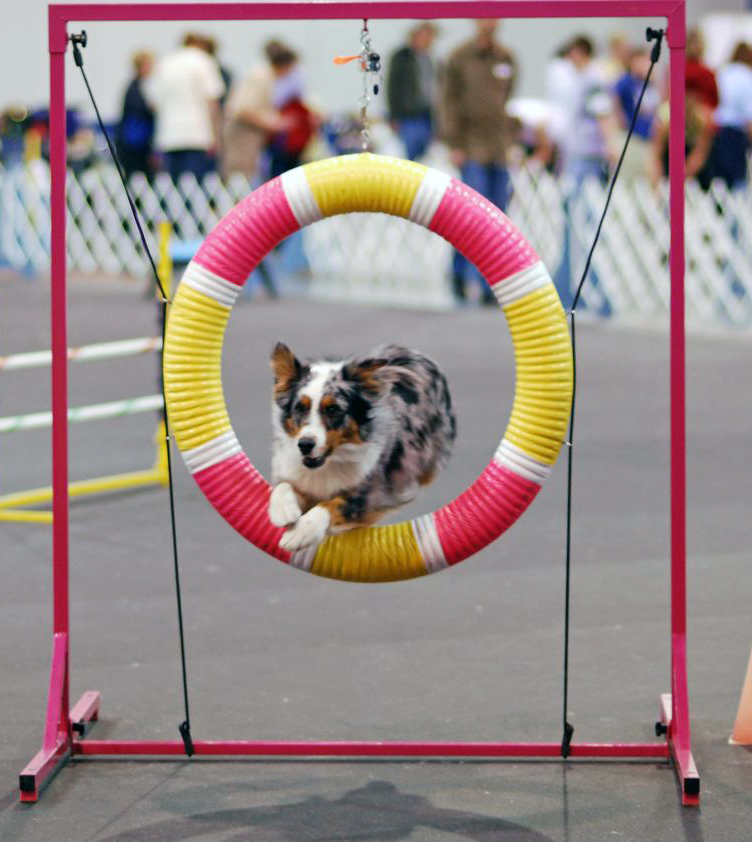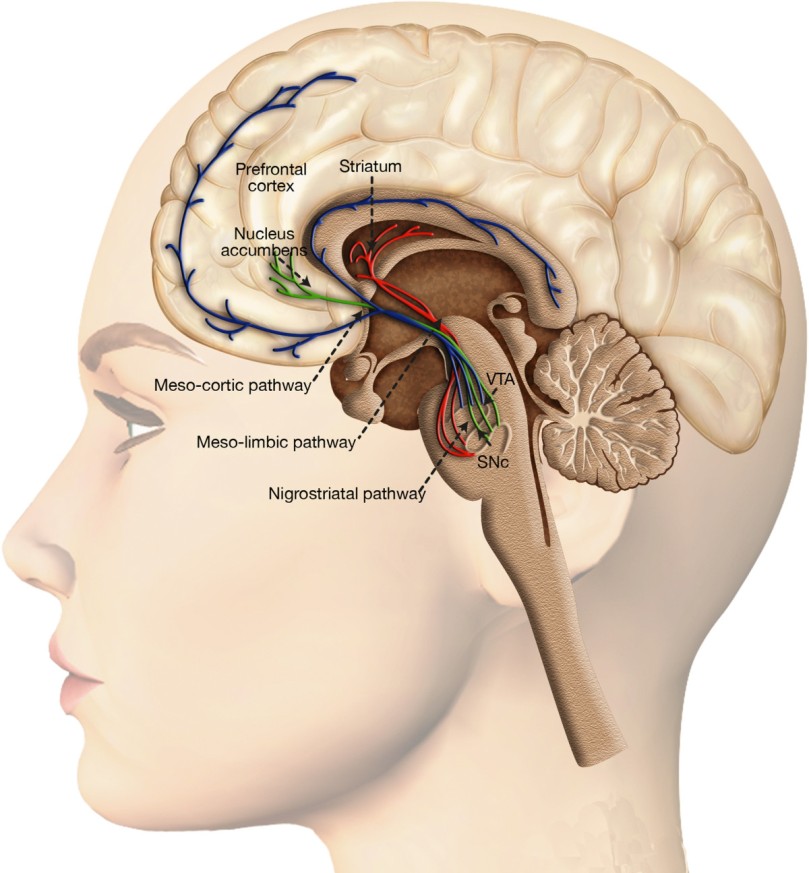How can charities benefit from the neuroscience of how we learn?
As humans, we don’t often like to acknowledge the similarities between us and animals. Complex social behaviours such as giving to charity are seen as a differentiation between people and other species but is there anything to learn from recognising some of the similarities?
Many animals are capable of learning through experience. One form of learning called “operant conditioning” or “reinforcement learning” works through the pairing of actions with their consequences. If an action leads to positive consequences, it is reinforced and is more likely to be repeated. If something bad happens as a result, the behaviour is less likely to be repeated. A classic example would be training a pet to behave in a certain way by giving treats as rewards for good behaviour and punishments or withdrawing treats for bad behaviour.

The last thing I want to do is compare charity donors with dogs to be punished for bad behaviour… In fact, this post was motivated by the positive changes in the charity sector towards “donor-centred” fundraising. Getting a reward not only encourages repetition of the behaviour, for example donating, but also feels great. So how can we use the science behind reinforcement learning to make sure donors feel great and keep giving?
One aspect which research has shown to be really important in decision making and learning is time. When comparing different potential outcomes to make a decision, much greater weight is given to those which will happen soon. This is known as “temporal discounting” and applies in a number of areas. Remember the last time you tried to avoid eating chocolate for distant benefits to your health but just couldn’t resist the immediate gratification of the taste? Donors may therefore be more likely to give when they anticipate the reward will be more immediate, such as the huge smile and “thank you” from a face-to-face fundraiser compared to delayed thanks from an online gift.

Thank Yous are one form of reward but of course there is also the positive impact the donation has on the charity’s work and for its beneficiaries. Due to the nature of the complex issues charities address, this impact may be far away in time. For example, improved educational outcomes leading to better quality of life or research progress towards curing a disease. There are many reasons these benefits will motivate donations but it may also be beneficial to point out the shorter-term impacts.
Once a decision has been made, the time between action and reward is very influential in establishing a relationship between the two. If you threw a ball at a target and it fell over, you’d feel you’d knocked it over with the throw; if your ball hit then the target fell over a minute later, you probably wouldn’t feel like you had caused it to fall. For donors to associate the act of giving with the good feeling they get when thanked or told about the amazing impact their donation has made, it’s important to make this as soon as possible after the donation. As immediacy may often be difficult, when the thank you is received, it might be beneficial to mentally take the donor back to the moment they gave as much as possible. This could be done for gifts set up with street fundraisers with an image of the fundraiser they spoke to for example.
In neuroscience research with humans and animals, the concepts I’ve mentioned in this post have been linked to dopamine, a “neurotransmitter” or chemical messenger signal between neurons. For a long time, dopamine was seen as the reward molecule with more dopamine equated with more feel good feeling. However, many studies have now suggested that the role of dopamine may be more nuanced, instead describing it as the difference between predictions and reality. In animals trained to expect a reward following a stimulus, neurons simply maintained their normal patterns when the reward was received. However, an unexpected or bigger-than-expected reward increased how quickly they sent signals. In contrast, when a reward was expected and not received, the neurons were less active and in fact, a lack of expected reward decreases the behaviour.

Next time on the Charitable Brain – when and why might thanking donors decrease giving? Subscribe so you don’t miss it!
Do you work for a charity or in fundraising? Please complete this 30 second feedback!
[…] There are a number of possible explanations for this warm glow which will be explored in more detail below. Regardless of why it feels good to give, a behaviour which leads to this reward-related brain activity is more likely to be repeated. […]
LikeLike